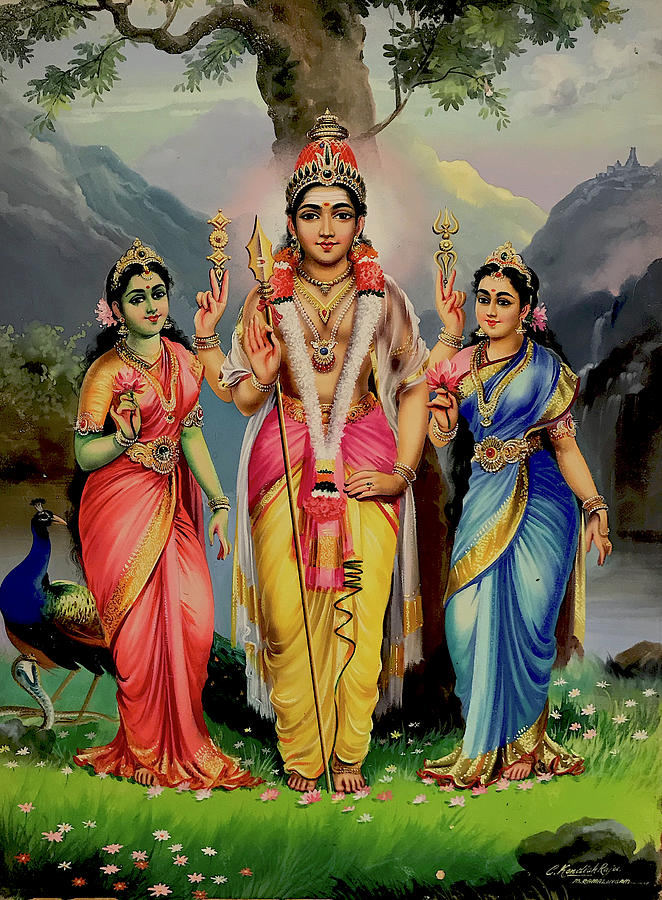

However, Vigkneshwaran will not be able to carry it this year due to the movement control order. He has been carrying the kavadi for the journey from Arasamaram Vinayagar Temple to Kallumalai Murugan Temple in Ipoh ever since. The youngest of three siblings found his condition improving significantly in 2010, prompting him to first carry the kavadi during the festival the following year. JSTOR 23341738.After a long search, the Ipoh lad took a vow to Lord Murugan for Thaipusam more than 10 years ago – and it turned out to be a life-changing experience. Journal of the American Academy of Religion.

"Pilgrimage Centers in the Tamil Cultus of Murukan".
^ Economic Reforms and Small Scale Industries. ^ "Arupadai Veedu - Famous Murugan Temples". Brill, Leiden, p. 217, ISBN 90-04-04190-7, archived from the original on 21 December 2016, retrieved 4 December 2016 ^ Zvelebil, Kamil (1975), Tamil literature, Volume 2, Part 1, Netherlands: E.J. ^ Aiyar, P.V.Jagadisa (1982), South Indian Shrines: Illustrated, New Delhi: Asian Educational Services, pp. 191–203, ISBN 8-3, archived from the original on 21 December 2016, retrieved 4 December 2016. CS1 maint: archived copy as title ( link) Archived from the original on 26 January 2010. Archived from the original on 20 November 2010. List TempleĪrulmigu Subramaniya Swamy Temple, Thiruparankundram Devotees carry kavadi, an ornamental mount decked with flowers, glazed paper and tinsel work and wearing ochre clothes themselves on foot from long distances is a commonly followed worship practice. The paste, upon being allowed to stay overnight, is said to acquire medicinal properties, and is much sought after and distributed to devotees, as rakkāla chandaṇam. Another is the anointing of the head of the presiding deity's idol with sandalwood paste, at night, prior to the temple being closed for the day. One of the main traditions of the six temples, is the tonsuring of devotees, who vow to discard their hair in imitation of the Palani deity. Palani is considered the most prominent abodes of Lord Muruga. This is the only temple where abishekam is performed for Vel instead of Lord Murugan. Tiruparamkundram is considered the first of the six abodes. Arunagirinathar visited various Murugan temples and on his way back to Tiruvannamalai, visited Palani and sung praises about Swaminathaswamy. He became a staunch devotee and composed Tamil hymns glorifying Murugan, the most notable being Thirupugazh. After ruining his health, he tried to commit suicide by throwing himself from the northern tower of Annamalaiyar Temple, but was saved by the grace of god Murugan. He spent his early years as a rioter and seducer of women. Religious importance Īrunagirinathar was a 15th-century Tamil poet born in Tiruvannamalai. According to the literature Lord Muruga is a leader of the Kurinji region. Separate gods for these land types are clearly told in Sangam literature. They are Kurinji (mountainous region), Mullai (forest region), Marutham (agricultural region), Neithal (coastal region) and Palai (desert region). In Tamil literature five types of lands are explained. Kartikeya married Valli by love and married Deivayanai by winning the war held at Tiruchendur. Muruga is depicted as the god of love and war. 
Karthikeya killed Soorapadman and saved the devas. They assigned Kamadeva to awake Lord Shiva from his penance, who later gave birth to Kartikeya.

According to the legend, in the olden days the demon Soorapadman tortured the Devas, who went to complain to Lord Vishnu and Brahma. The story of Lord Murugan is described in Skanda Purana.








 0 kommentar(er)
0 kommentar(er)
